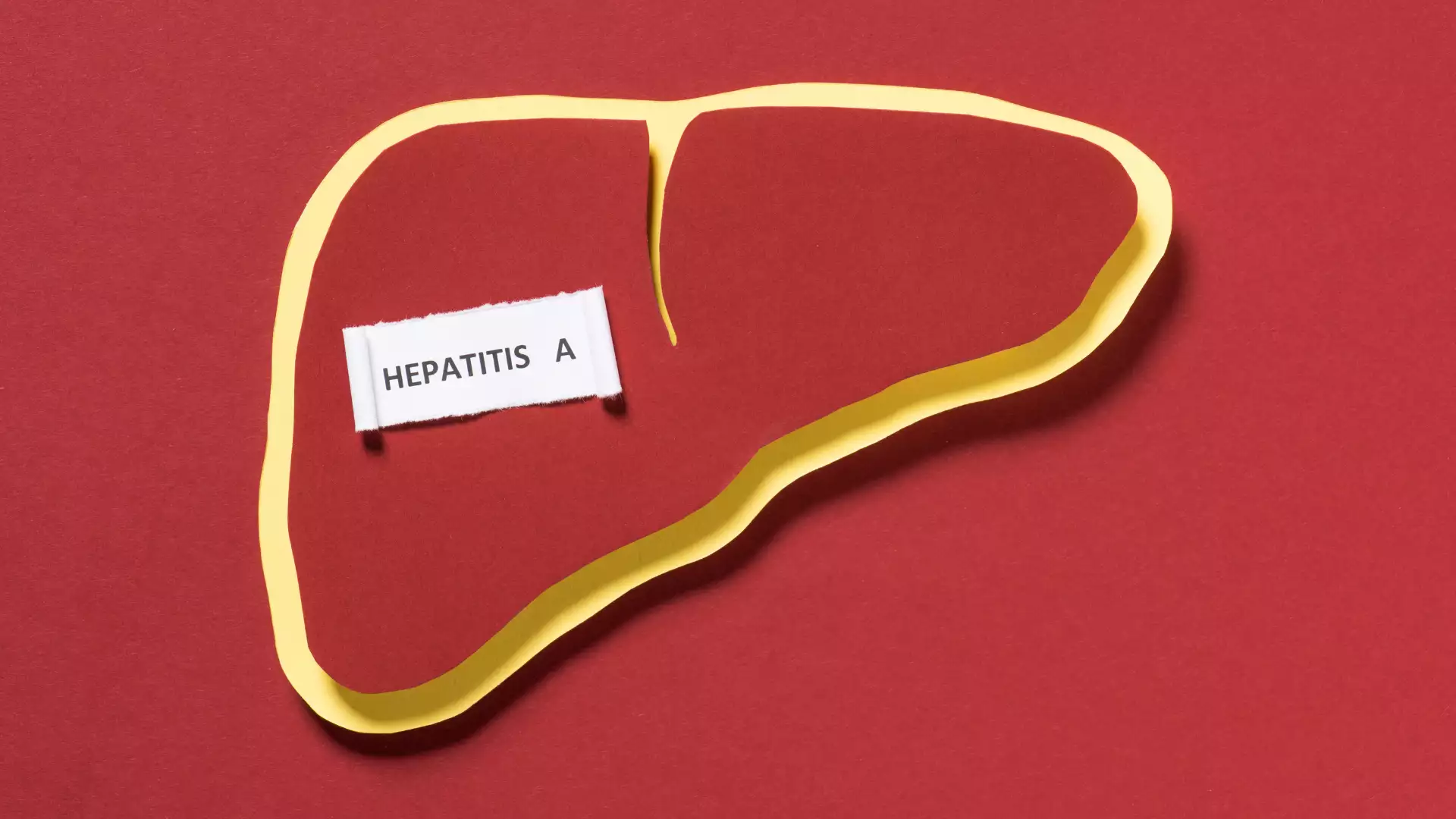
What is Hepatitis A?
- What is Hepatitis A?
- Hepatitis A Symptoms
- How is hepatitis A transmitted?
- Hepatitis A Test
Caused by hepatitis A virus (HAV) infection, Hepatitis A is a liver infection. Hepatitis A, also known as jaundice in humans, is a chronic non-infectious disease. However, in recent years, it has been reported that the patient's condition progresses rapidly and causes liver failure within a few days. Hepatitis A is a contagious disease among humans. Hepatitis A is directly related to faecal contact and hygiene of infected individuals and varies according to socioeconomic status and regional differences. According to the World Health Organization, 1.4 million cases of hepatitis A occur each year. Although the incidence of hepatitis A virus is relatively high in developing countries, the incidence of this disease is low in developed countries due to the improvement in socio-economic level. Turkey is in the middle of the world ranking. Depending on the region and age of our country, it is seen at different rates ranging from 7.8% to 88%.
Hepatitis A Symptoms
The onset of symptoms ranges from 2 to 6 weeks after being infected with the hepatitis A virus (HAV), and this is called the incubation period. The illness can last for less than 2 months and the effect can last up to 6 months. Children usually do not have hepatitis A symptoms, so the disease can spread more quickly. However, most adults can know they have hepatitis A through symptoms. Common symptoms of hepatitis A are as follows:
- Jaundice (yellowing of the eyes and skin)
- Weakness and fatigue
- Loss of appetite
- Abdominal pain, diarrhea (usually in children), fever and weight loss
- Black urine
- Stool changes color
How is hepatitis A transmitted?
In places where hygienic conditions are poor, the risk of hepatitis A transmission is quite high. Hepatitis A is transmitted through contact with the feces of infected people. Hepatitis A, which can be transmitted by an infected person serving food with bare hands, does not wash their hands properly; It can be transmitted by many things, such as water, food, and belongings. If the virus or parts of the virus get into the blood during viral infections of pregnant women, the virus can pass into the fetal circulation by separating the mother's blood from the placenta during childbirth. This may also be possible with the contact of the mother's feces. It has been proven that although rare, the hepatitis A virus can be transmitted through blood. There are some protection methods to prevent human-to-human transmission.
- You should follow the rules of hygiene not only in crowded places, but also at home.
- Hands should be washed thoroughly with soap and water.
- Do not come into contact with items such as linen and towels that have been contaminated with the feces of an infected person.
- Wash your hands after changing the diaper.
- Persons working in the food industry should be checked regularly.
- Food should not be eaten raw or undercooked.
- Be sure to wash the vegetables with plenty of water and peel the vegetables and fruits.
- You should only drink safe water.
- You should not eat raw shellfish.
- Where water from a well or reservoir is used, the water must be chlorinated.
- Garbage should not be thrown away; it should be left in closed trash cans.
- Do not enter chlorine-free and dirty pools.
- You should not have sexual intercourse with an infected person. (Especially anal)
Some people are susceptible to the hepatitis A virus. These people should pay more attention to the above protection methods.
- Individuals suffering from other liver diseases such as hepatitis B or C.
- People over 50 years old
- People with HIV/AIDS
- Those with coagulopathy
- People and donors with organs and bone marrow
- Travelers to areas where hepatitis A is common
- Gay and bisexual
- Sewage treatment worker
- Health employee
- Laboratory staff builder dealing with HAV and feces
- Nursing home worker
- Prisons and correctional staff
- Nursery and kindergarten workers
- Drug addict
Hepatitis A Test
Hepatitis A test is done to determine the infection caused by the virus. In this test, which is performed by taking blood from a vein in the arm, IgM and IgG levels are checked and it is determined whether the person will be vaccinated. The test is also done to find out if people who have been vaccinated have responded to the vaccine. This test should be performed not only by those who have been exposed to the virus, but also by those with chronic liver disease.





